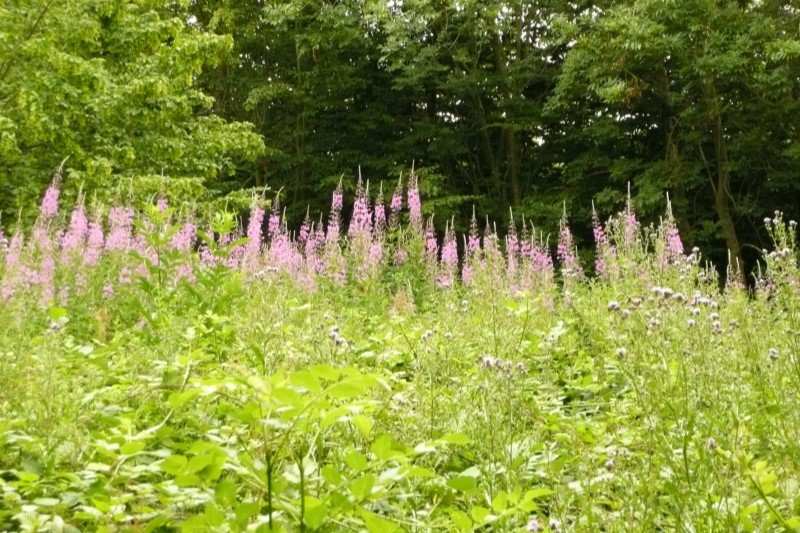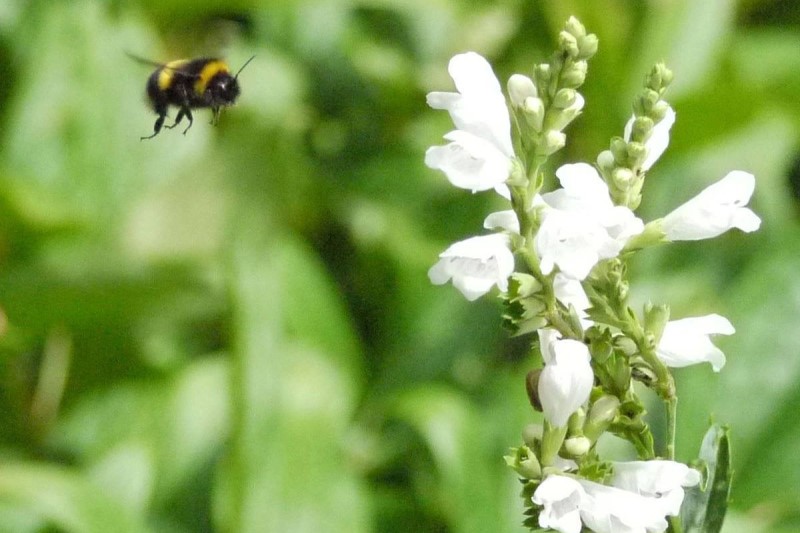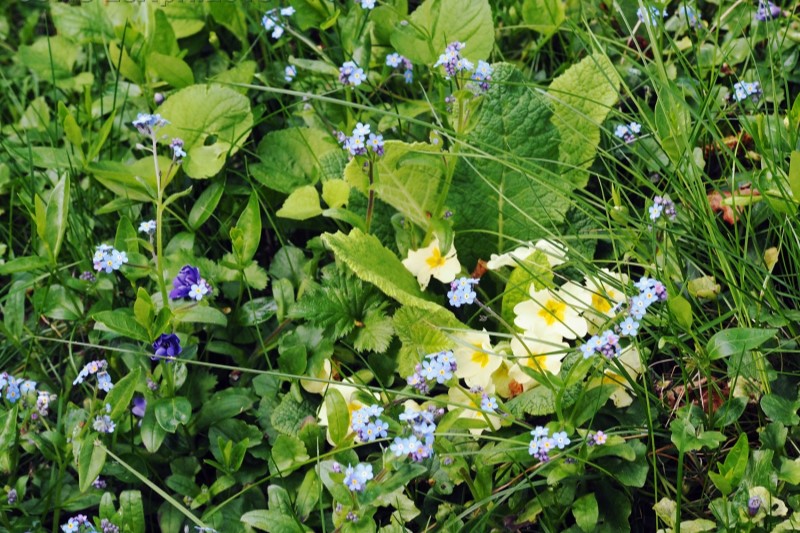How to create a wild patch

Though well-trimmed lawns look nice, over-cutting grass and removing weeds indiscriminately can have devastating effects on wildlife. 30% of native pollinators have declined since the 1980s, and with wild habitats continuing to shrink in number and size, our gardens are becoming increasingly important food sources for bees, butterflies and beetles.
Over 200 species of flowers grow on lawns across the UK. But if we never let them flourish, we never allow pollinators to feast on the flowers’ life-giving nectar. Use our easy guide to help you create a wild patch in your garden this summer.
Create a wild patch in your garden
- Simply put away the lawn mower and let nature take over.
- Let your entire garden go wild over the summer or set aside just a strip or patch of your garden – even a small border of wild growth can support a variety of wildlife.
- Patches of long grass encourage different plant species to grow, and you’ll probably see different wildflowers crop up throughout the season, which feed hungry pollinators.
- Cut your grass at the very end of the summer and rake up the clippings after a few days, allowing the seed heads to fall.
- Leave a small border wild year-round to give insects and small animals a place to seek refuge in the colder months.

Go wild one step at a time
If you can’t let things go for the whole summer, try it for at least one month. Plantlife has created No Mow May, encouraging people across the country to ditch their lawnmowers for the month of May. As the temperatures rise during this month, grasses and wildflowers flourish, providing rich areas of biodiversity for almost 100 different species.

Cant decide which way to go?
Combining the above principles – a monthly cut with some areas of complete wilderness – may benefit wildlife the most. According to data from Every Flower Counts, lawns mown every 4 weeks have the highest production of flowers and nectar. Lawns (or patches) allowed to go completely wild have the biggest variation in flowers. This increases the range of nectar sources and extends nectar availability late into the summer.
Show us your creation!
Take a photo of your wild garden and submit it below, or post on social media and inspire others to do the same!

